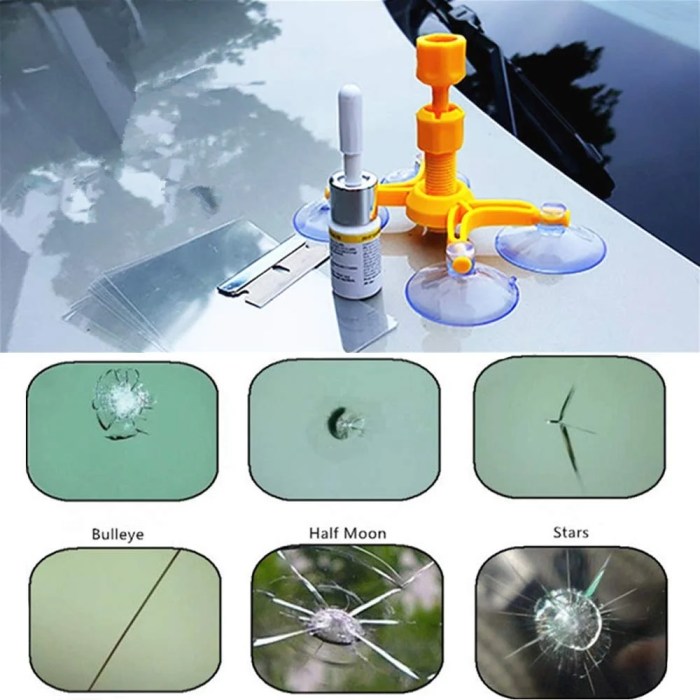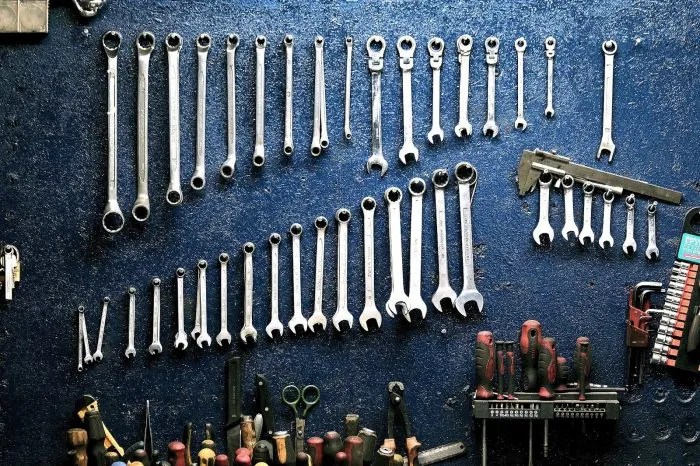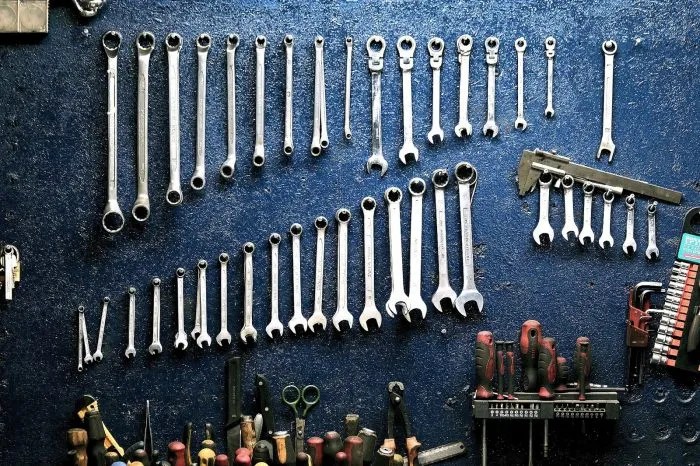DIY windscreen repair offers a cost-effective solution for addressing minor cracks and chips in your car’s windshield. With the right tools and techniques, you can restore the integrity of your windscreen and avoid costly professional repairs. This guide will walk you through the process of using a DIY repair kit, covering everything from understanding windscreen damage to evaluating the repair and ensuring your safety.
Windshield damage is a common occurrence, often caused by flying debris or road hazards. While small chips and cracks may seem insignificant, they can compromise the structural integrity of your windscreen and pose a serious safety risk. If left untreated, these imperfections can spread and potentially lead to a complete windshield replacement.
Maintaining Windscreen Integrity

A repaired windscreen is a valuable asset, but it requires careful maintenance to ensure its longevity and safety. By understanding the factors that can impact its integrity and taking proactive measures, you can maximize its lifespan and minimize the risk of further damage.
Preventing Further Damage
After a windscreen repair, it’s crucial to avoid actions that could compromise its structural integrity. Here are some essential tips:
- Avoid placing heavy objects on the repaired area, as the pressure can potentially cause cracks to spread.
- Be cautious when loading or unloading items from your vehicle, especially if they could come into contact with the windscreen.
- Refrain from using harsh cleaning agents or abrasive materials on the repaired area, as they can damage the resin and weaken the bond.
- Park your vehicle in shaded areas whenever possible to prevent exposure to extreme temperatures, which can cause the resin to expand and contract, potentially leading to cracks.
- If you notice any signs of damage or deterioration around the repaired area, consult a professional windscreen repair technician immediately.
Regular Windscreen Inspections
Routine inspections are vital for early detection of any potential issues.
- Regularly check for any cracks, chips, or scratches on the windscreen, particularly around the repaired area.
- Inspect the windscreen for any signs of delamination, where the layers of glass separate.
- Pay attention to any unusual noises or vibrations while driving, as they could indicate a weakened windscreen.
- If you encounter any of these issues, it’s essential to seek professional advice from a reputable windscreen repair technician.
Choosing a Reputable Windscreen Repair Professional
Selecting a qualified and experienced windscreen repair professional is crucial for ensuring a safe and durable repair.
- Look for a technician who is certified and trained by a recognized industry body, such as the Auto Glass Safety Council (AGSC) in the United States or the National Glass Association (NGA) in Canada.
- Inquire about the technician’s experience and expertise in windscreen repair, especially for your specific vehicle model.
- Request references from previous customers to gauge their satisfaction with the quality of service and the professionalism of the technician.
- Ensure the technician uses high-quality materials and follows industry-standard repair procedures.
- Compare quotes from multiple technicians to find the best value for money while maintaining high standards of quality and safety.
Legal Considerations
Driving with a damaged windscreen can have serious legal consequences. It is essential to understand the legal implications and ensure compliance with local regulations to avoid fines, penalties, and potential accidents.
Windscreen Damage and Roadworthiness
Windscreen damage can significantly compromise the structural integrity of your vehicle and affect its overall roadworthiness. This can lead to legal repercussions. Most jurisdictions have specific regulations concerning the condition of a vehicle’s windscreen, including minimum visibility requirements and damage thresholds.
For example, in many countries, a crack exceeding a certain length or a chip in the driver’s line of sight may be considered a serious safety hazard and warrant a vehicle inspection or even a failure to pass a roadworthiness test.
Requirements for Repair or Replacement, Diy windscreen repair
The requirements for windscreen repair or replacement vary depending on the location and the severity of the damage. In some cases, a minor chip or crack might be repairable, while larger cracks or damage affecting the driver’s visibility may necessitate replacement.
It is advisable to consult with a qualified auto glass technician or your local vehicle registration authority to determine the specific requirements in your area.
Insurance Coverage
Most comprehensive car insurance policies include coverage for windscreen damage. The extent of coverage varies depending on the specific policy terms and conditions. Some policies may cover the full cost of repair or replacement, while others may have deductibles or limitations.
It is essential to review your insurance policy to understand the coverage details and the procedures for filing a claim.
Environmental Impact: Diy Windscreen Repair

While DIY windscreen repair kits offer convenience and cost savings, it’s crucial to consider their environmental impact. This section explores the environmental implications of using DIY kits, compares them to professional repair services, and provides tips for eco-friendly windscreen maintenance.
Environmental Impact of DIY Windscreen Repair Kits
DIY windscreen repair kits often contain chemicals that can be harmful to the environment if not disposed of properly. The resin used in these kits, while effective for repairing minor cracks, can release volatile organic compounds (VOCs) into the air, contributing to air pollution. The packaging materials, typically plastic, contribute to landfill waste and can take hundreds of years to decompose.
Disposal of DIY Windscreen Repair Kits
Proper disposal of DIY windscreen repair kits is essential to minimize their environmental impact. Empty resin containers should be disposed of according to local regulations, often through designated hazardous waste disposal programs. Plastic packaging should be recycled whenever possible, and any remaining resin should be hardened and disposed of as solid waste.
Environmental Impact of Professional Windscreen Repair
Professional windscreen repair services often utilize more eco-friendly materials and practices. They typically use resins with lower VOC emissions and prioritize recycling and proper disposal of waste materials. However, the environmental impact of professional repair also depends on the distance traveled by the repair technician, the energy consumption of their equipment, and the disposal of materials.
Eco-Friendly Practices for Windscreen Maintenance and Repair
To minimize the environmental impact of windscreen maintenance and repair, consider the following practices:
- Regular Inspection and Maintenance: Early detection and repair of minor cracks can prevent the need for a full windscreen replacement, reducing waste and emissions.
- Choose Eco-Friendly Repair Kits: Opt for kits that use water-based resins and biodegradable packaging materials.
- Support Local Businesses: Choose local professional repair services to reduce transportation emissions.
- Recycle and Dispose Properly: Recycle all packaging materials and dispose of resin containers according to local regulations.
- Consider Windscreen Protection: Apply protective coatings to your windscreen to prevent minor scratches and cracks, reducing the need for repairs.
While DIY windscreen repair kits can be a viable option for minor damage, it’s crucial to understand their limitations. For larger cracks, starbursts, or damage near the driver’s line of sight, professional repair is strongly recommended. Remember to prioritize safety, follow the instructions carefully, and assess the effectiveness of the repair before driving. By understanding the process and taking the necessary precautions, you can confidently tackle minor windscreen damage and maintain the safety of your vehicle.
DIY windscreen repair can be a cost-effective solution for minor chips and cracks, but it requires a steady hand and the right tools. A sturdy work surface is essential for this project, and a well-built set of DIY sawhorses can provide the perfect platform. Once your sawhorses are in place, you can focus on prepping the windscreen and applying the repair resin for a professional-looking finish.

